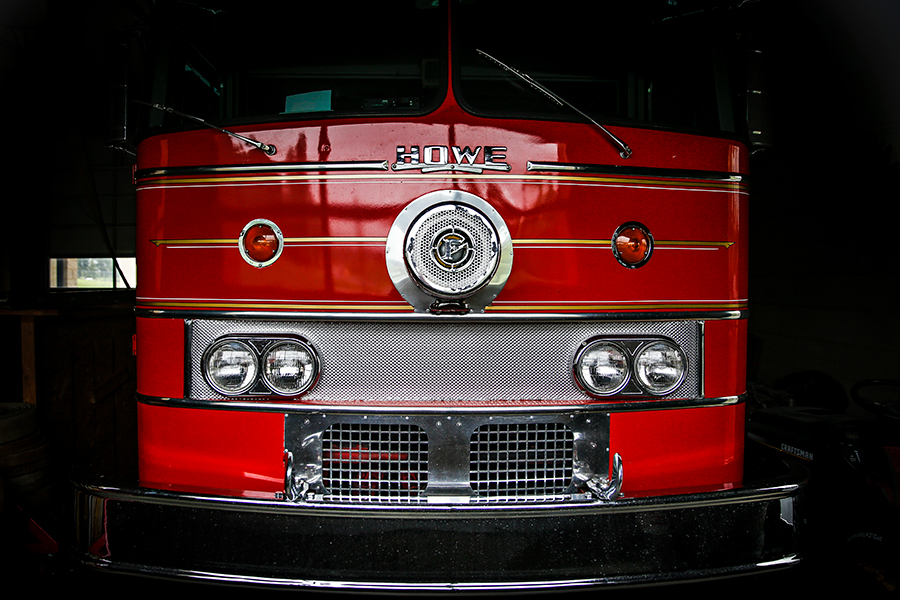Whitefish, Flathead County Join Northwest Montana in Adopting Stage 1 Fire Restrictions
Beginning Saturday, campfires will be prohibited across the Flathead and Kootenai national forests, Glacier National Park and most other public and private lands in a three-county region
By Tristan Scott
As interagency fire managers across northwest Montana begin implementing Stage I fire restrictions across the region’s public lands at midnight, both Flathead County and the city of Whitefish have said they’ll enact similar restrictions on private property within their jurisdictions to reduce the risk of human-caused fires.
Beginning at 12:01 a.m. on Saturday, July 29, the first tier of fire restrictions takes effect across the Flathead National Forest, the Kootenai National Forest and Glacier National Park; on public parcels managed by the U.S. Fish and Wildlife Service, Montana Department of Natural Resources and Conservation – Northwestern Land Office and Montana Fish, Wildlife and Parks Region 1; and throughout Flathead, Lincoln and Sanders counties.
The Flathead County Commissioners, under the advisement of the Flathead County Fire Warden Lincoln Chute, of the Office of Emergency Services, on July 27 approved their own set of Stage I fire restrictions, which are also set to begin at 12:01 a.m. Saturday.
“In the last week, these counties have experienced at least two to three new fires each day; half are caused by humans, not nature,” according to an announcement from the commissioners.
At Chute’s behest, the commissioners explained that they’ve adopted Resolution No. 2593, which will “make it illegal to have campfires in Flathead, Sanders, and Lincoln Counties, and on DNRC (Department of Natural Resources and Conservation) and U.S. Forest Service lands.”
Following suit, Interim Whitefish Fire Chief Travis Tveidt announced Friday that “due to the extreme fire conditions in the area,” the city would join the region’s land managers in enforcing the ban on campfires, as well as on motorized vehicles operating off designated roads as well as on smoking, except within an enclosed vehicle or building, or while stopped in an area where at least three feet in diameter is cleared of all flammable material.
Anyone caught violating the restrictions or closures could be fined up to $5,000 individually or $10,000 for an organization and imprisoned up to 6 months. Anyone found responsible for starting a wildland fire can be held liable for all suppression costs and damages.
In rolling out the fire restrictions, the state, federal and local agencies outlined their goal of reducing fire risk and preventing wildfires “during periods of high to extreme danger by decreasing potential sources of ignition.”
“Each year, 70% to 80% of wildfires are human-caused and this summer the trend has continued,” according to a Wednesday afternoon release from the Northern Rockies Coordination Group. “Northwest Montana is currently experiencing drought conditions including extremely dry forest fuels; forecasts of temperatures above normal accompanied by low humidity, wind, and minimal precipitation; and competition for firefighting resources, as fires continue to burn across the state and the West.”
Earlier in the week, Flathead National Forest Public Affairs Officer Kira Powell said firefighters had responded to 10 fires in July, all less than 5 acres in size. In addition to a fire start on Doris Mountain in the Hungry Horse Ranger District, two of the recent fire starts occurred on the Tally Lake Ranger District, which crews have already contained, while a third near Olney and a fourth near Griffin Creek west of Kalispell similarly benefitted from an early and aggressive response, Powell said.
On July 24, a small fire less than a tenth-acre in size was reported along Going-to-the-Sun Road near St. Mary Lake in Glacier National Park. According to Gina Icenoggle, the park’s public information officer, the lightning-caused Ranger Fire ignited about 100 yards north of the Sun Road at the Reynold’s Fire pullout east of Logan Pass. A fire crew had suppressed the fire by 7:30 p.m. Monday night, and by Tuesday, the fire was declared “controlled” and moved to patrol status, according to Icenoggle.
The fire start underscores the dangerous fire conditions that exist in the region, Icenoggle said, as well as the importance of reducing the risk of wildfire and ensuring that resources are available to suppress a fire in the event one does ignite. That availability, fire mangers cautioned, is reduced with every new fire start.
Meanwhile, crews continue battling the region’s first major wildland fire near Seeley Lake as the Colt Fire, a lightning-caused blaze that was first reported on July 18, has burned 5,252 acres in the Flathead and Lolo National Forests, according to information updated on Friday at 9 a.m.
The fire is burning roughly 12 miles northwest of Seeley Lake, between Lake Alva and Lindbergh Lake, and has prompted evacuation orders along Highway 83 and additional evacuation warnings in the area.
Resources from multiple agencies are battling the fire, including 538 personnel, five helicopters, 15 engines and 12 hand crews. It was pegged as 3% contained as of Friday.
Down on the Flathead Indian Reservation, firefighters continue their efforts to suppress a lightning-caused fire 5 miles east of Arlee. The Confederated Salish and Kootenai Tribe (CSKT) Division of Fire aggressively attacked the Big Knife Fire, estimated at 415 acres and reported as 0% contained as of Friday.
Wildland fire officials with the CSKT raised the fire danger within the Flathead Indian Reservation to “very high,” which means that dry grasses and needles ignite easily, fires can spread rapidly and may be difficult to control. There are currently no restrictions in place, but all residents and visitors are urged to use caution when outdoors. Avoid driving or parking in tall grass, never leave a campfire unattended and always use established fire rings.
Of the 82 actively burning fires in Montana, 37 were reported in the last 24 hours, according to the state’s wildfire dashboard as of Friday at noon.
For current wildfire and restrictions information visit: https://www.mtfireinfo.org/